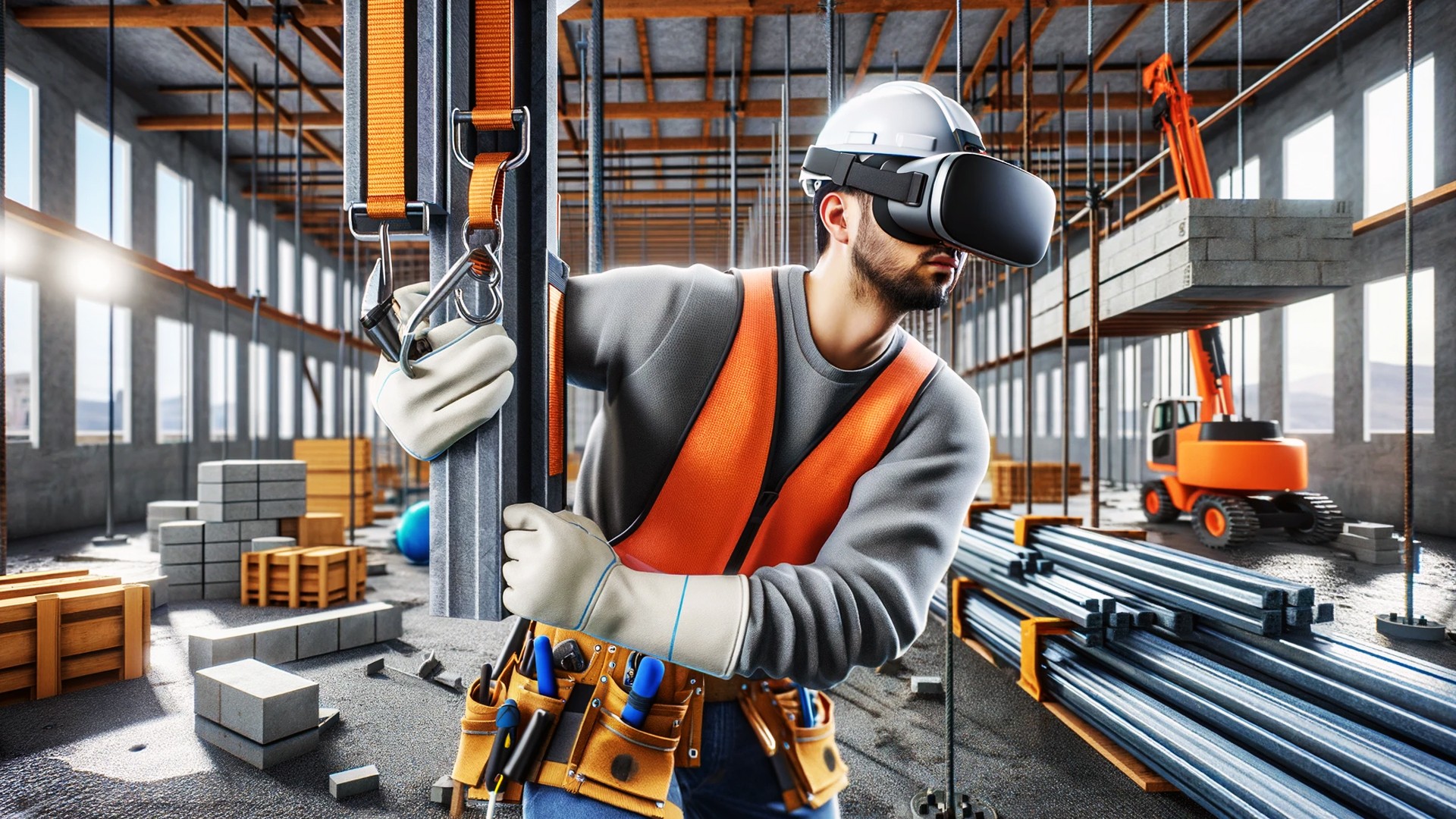Jun 17, 2024
Introduction
In the fast-paced world of technology, staying ahead of the curve is essential, especially in the realm of training and development. Enter Mixed Reality (MR), a revolutionary technology that Forbes magazine dubs "the future of humanity" and Deloitte predicts will usher in the "biggest fundamental shift in user engagement." As MR gains traction, it's clear that companies not embracing this innovation risk falling significantly behind in their learning and development initiatives.
What Is Mixed Reality?
Mixed reality seamlessly blends physical and virtual worlds, creating an environment where users can interact with both real and digital objects. This immersive technology merges elements of virtual reality (VR), which provides a fully computerized and interactive environment, and augmented reality (AR), which overlays computer-generated graphics and information onto the real world. The result is a highly realistic and engaging experience that enhances user interaction and engagement.
Gaining Traction in Training
While MR has already made significant inroads in the gaming and entertainment industries, its potential in Learning and Development (L&D) is now being realized. Experts highlight that integrating MR into training programs allows instructors to deliver more interactive and engaging sessions, enabling learners to acquire knowledge and skills in innovative and effective ways.
It points out that the rise of MR is driven by substantial investments in platforms, devices, and software aimed at transforming how we communicate and collaborate. If these investments succeed, they could catalyze the most significant shift in user engagement seen in modern technology.
The Magic of MR in Learning
MR offers unparalleled learning and training opportunities that are otherwise difficult to achieve. Whether it's simulating a remote well site, accessing real-time data from distant machinery, exploring the surface of Mars, or dissecting an engine with complex graphics, MR can bring these experiences to life. It provides a virtual hands-on experience that not only synthesizes course content and online learning but also allows for the safe replication of costly or dangerous processes.
Additionally, MR enables multiple users from around the globe to collaborate in the same virtual space, breaking down geographical barriers and fostering a more inclusive learning environment.
Boosting Learner Engagement
For learners, MR technologies offer stimulating and engaging ways to learn, significantly boosting motivation. By transforming learning into an interactive and immersive experience, MR makes education feel more like a game, reducing the fear of making mistakes. Learners can interact with courses through images, text, audio, and other prompts, gaining a deeper understanding of the content and its real-world applications.
Innovative Applications in Industry
Forward-thinking L&D professionals are developing MR programs that align with user needs, business objectives, and the technical environment. Companies like Honeywell, CISCO, Lockheed Martin, and Walmart have already integrated MR into their training programs with impressive results.
While the initial investment in MR technologies can be high, experts argue that the long-term benefits include significant cost savings and increased productivity. MR provides compelling, portable training solutions that optimize the learner experience, positioning it at the forefront of modern training and development.
Conclusion
As the landscape of training and development evolves, Mixed Reality stands out as a game-changer. By merging physical and virtual worlds, MR offers innovative, engaging, and effective ways to learn and collaborate. Companies investing in MR today are not just enhancing their training programs but are also preparing for a future where immersive learning is the norm. Embrace MR now, and propel your organization’s learning and development into the future.





